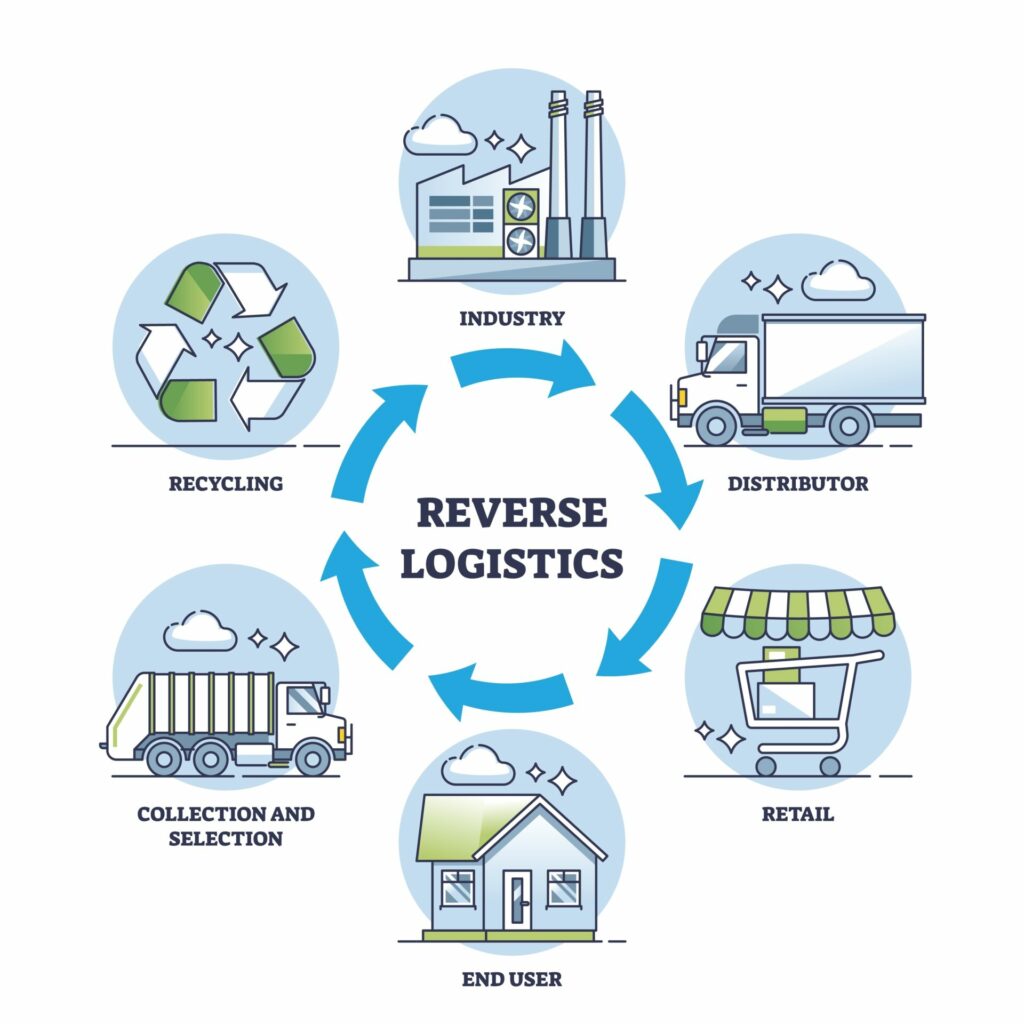Over the past few years, it has become pretty evident that e-commerce brands should be personalizing their interactions with their customers. When companies take a more personalized approach, it shows not only an increased bottom line but boosted customer satisfaction as well.
Alternatively, when companies opt out of personalization with irrelevant recommendations and products they leave their customers feeling frustrated and more confused than before they started browsing.
Interestingly, many e-commerce brands think of personalization mainly within the buying journey. For example, a customer purchases a specific product so the company sends recommendations based on that transaction.
But what about personalization in the post-purchase experience? And more specifically, in returns?
The typical returns process is a one-size-fits-all approach with every customer getting the same policy – if you don’t return by X date, you won’t receive a full refund, you have X number of days to return your product, etc.
Fun fact: it doesn’t have to be this way! With personalized returns, brands can add unique, relevant experiences into a process that otherwise screams impersonal.
Let’s dive in!
What are personalized returns?
is an approach to returns management that takes into account the type of customer returning an item and adjusts the policy based on this information. This approach can help boost customer satisfaction within the returns process while providing an incentive to continue shopping with the brand after the return.
For example, if a customer has repeatedly purchased with a brand over the past year or is part of their loyalty program, they would get a more generous return policy than a first-time buyer.
What can a more generous returns policy look like in a personalized returns process? A longer return window or free shipping – both of which encourage customers to shop again in the future.
Why are personalized returns necessary in e-commerce?
Let’s start off with a few personalization fun facts:
- 80% of customers are more likely to purchase products from a company that offers personalized experiences
- 71% of customers expect personalized interactions from brands
- 76% of customers are frustrated when companies fail to deliver on personalization
Now, let’s look through the returns lens:
- In 2021, e-commerce sales amounted to over $1 trillion; however 21% of the sales ended up as returns
- Based on a study by Doddle, 84% of consumers said they’ll feel more encouraged to shop with a brand again after a positive returns experience
- 74% of consumers feel that brands aren’t offering satisfactory returns and need to improve their processes
Personalization is no longer a value-add for e-commerce brands… It’s a necessity.
With such an apparent expectation for personalization and more seamless returns, it only makes sense that brands are beginning to meld the two together.
The results? A more unique, satisfactory returns process… one that leaves customers feeling confident that they can purchase and return again, hassle-free.
Implementing personalized returns
Before diving into developing a personalized returns policy, you’ll need to have access to your audience’s behavior along with the bandwidth to dive into the data.
Whether your brand develops a to segment customers, or simply uses historical sales information to see which customers are spending the most, you’ll have to set some parameters around who is considered “VIP.”
Perhaps the top 10% of customers with the greatest lifetime value receive free returns shipping. Or, maybe those who are members of your loyalty program get a longer return window.
What does personalization in returns look like?
1. Offering free returns shipping
It’s no secret that customers love free shipping. But for merchants, consistently paying for shipping can create a huge financial risk and offer little bang for their buck if customers aren’t returning.
Instead of offering free shipping for all, online brands can incorporate it within their personalized returns strategy.
How? By using free shipping as a reward for customers who have either established relationships with the brand or who are opting for exchanges rather than a full return. This way, the only spend allocated to free shipping is to a subset of customers rather than an entire audience.
2. Extending your returns window
The 30-day return policy has become somewhat of an industry-standard in – but it could actually be doing your brand more harm than good if your returned inventory is no longer “in” once it’s back on the warehouse shelf.
For VIP customers, you could keep your returns window at 30 days whereas everyone else only has 14 days to make their decisions, driving a sense of urgency and a quicker turnaround for products.
Plus, creating a more flexible returns window for customers who fall within your VIP parameters encourages the rest of your audience to get to that level of loyalty where they’ll receive the same incentive.
3. Taking a white glove approach
Another way to incentivize consumer behavior within returns is to offer a more upscale process for ‘high-value’ customers. What does an upscale returns process look like? Individual pick-ups.
Imagine simply having to leave a return package at your doorstep for an associate. No online forms, no customer service emails, no in-person interaction.
In taking this approach, your brand speaks to how valuable the customer (and their time) is, even though they are returning a product rather than purchasing it. Ultimately, it’s a positive experience for the customer that encourages them to continue to shop with your brand.
Should e-commerce brands offer personalized returns?
In short: absolutely. E-commerce brands that adopt a personalized method of returns management have an immediate differentiator from their competitors.
Did you know that a study by Narvar found only 10% of retailers offer personalization within their returns process? Believe it or not, your returns policy could be the very thing that keeps your customers from going elsewhere. Use it wisely!




